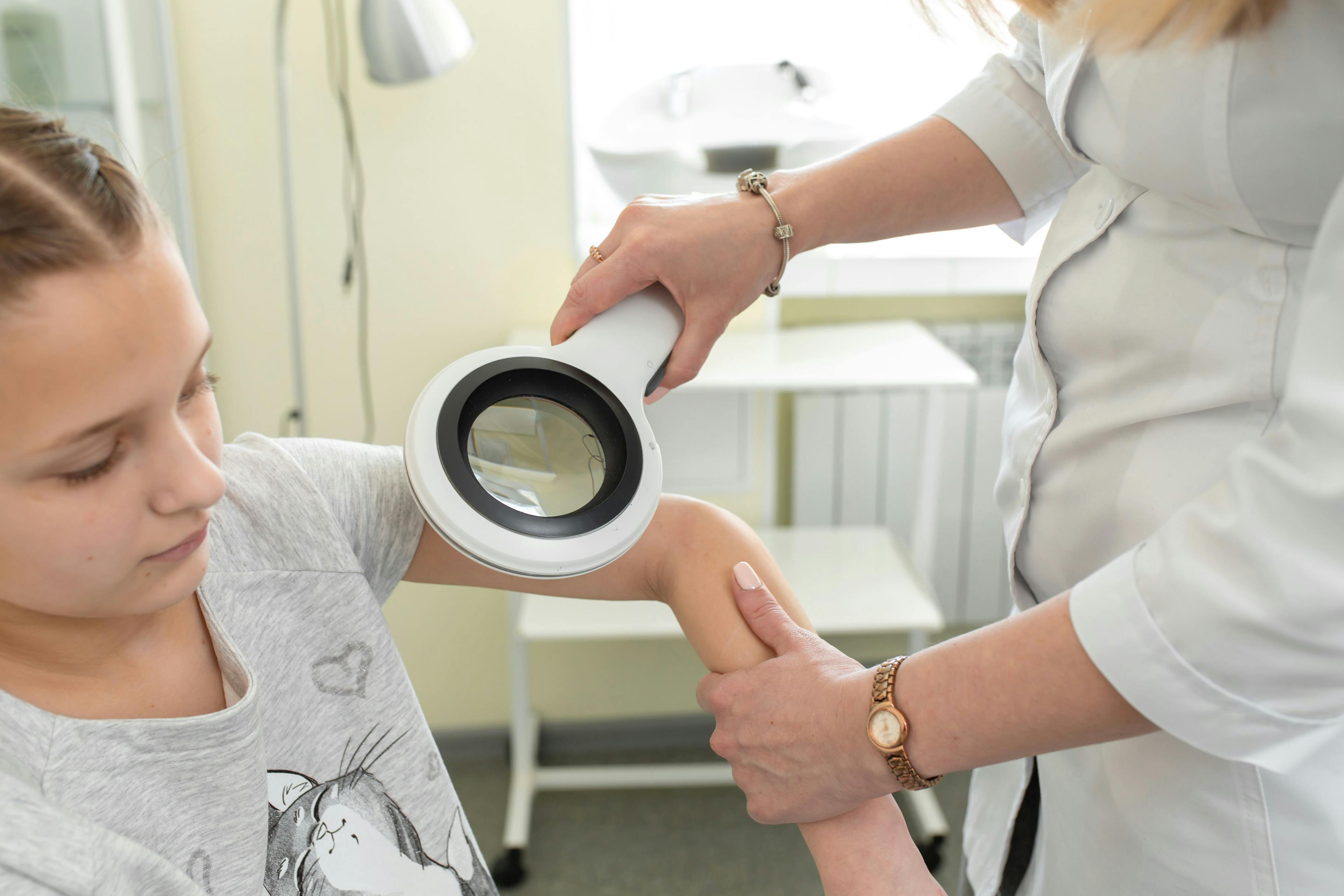- Acne
- Actinic Keratosis
- Aesthetics
- Alopecia
- Atopic Dermatitis
- Buy-and-Bill
- COVID-19
- Case-Based Roundtable
- Chronic Hand Eczema
- Chronic Spontaneous Urticaria
- Drug Watch
- Eczema
- General Dermatology
- Hidradenitis Suppurativa
- Melasma
- NP and PA
- Pediatric Dermatology
- Pigmentary Disorders
- Practice Management
- Precision Medicine and Biologics
- Prurigo Nodularis
- Psoriasis
- Psoriatic Arthritis
- Rare Disease
- Rosacea
- Skin Cancer
- Vitiligo
- Wound Care
Publication
Article
Dermatology Times
Cosmeceutical Insights 2023: Know What Your Patients Are Searching For
Author(s):
Google Search data analyzed from September 2021 to September 2022 revealed what patients are searching for and the findings may surprise you.
Most Searched for Skin Care Ingredients on Google
Google Search data analyzed from September 2021 to September 2022 revealed the following consumer cosmetic ingredient search terms in order of decreasing frequency: tretinoin, glycolic acid, benzoyl peroxide, rice, argan oil, snail mucin, ceramide, grapeseed oil, activated charcoal, and copper peptide.
Monster Ztudio/AdobeStock

Basis for New Marine-Based Cosmeceuticals
Marine organisms live in harsh environments such as the Antarctic, where UV protection is key to preventing oxidative damage. Chemists searching for antioxidants have discovered new ingredients in cold waters. Mycosporine-like amino acids (MAAs) are produced by marine organisms under high UV stress. They absorb in the UVR range of 310 to 360 nm and then dissipate the absorbed energy as heat. These cyanobacteria and micro/macro algae are eaten by fish, which then accumulate the dietary MAAs in their tissues. The 4 classes of marine macroalgae are Rhodophyceae (red algae), Phaeophyceae (brown algae), Cyanophyceae (blue-green algae), and Chlorophyceae (green algae). MAAs are unstable and challenging to put in cosmetic formulations, yet some higher-end brands use rhodophyte MAAs.
Briefing Patients on the Use of Biotin-Containing Supplements
The internet is full of recommendations for consuming biotin-containing supplements for hair loss. What is the scientific basis for this recommendation?
Biotin has a scientific basis for supplementation only in patients with acquired or inherited deficiency resulting in brittle nail syndrome or uncombable hair; however, these conditions are extremely rare. Yet it is worth taking a quick look at biotin to answer patient questions.
Biotin, also known as vitamin B7, is a water-soluble vitamin serving as an essential cofactor for carboxylase enzymes, which are important in gluconeogenesis and fatty acid synthesis. They also play a role in amino acid catabolism and protein synthesis, which explains why they are recommended for hair growth, because hair is pure protein. There are no known toxicities, and the recommended daily consumption for adults is 30-µg per day, but no recommended daily allowances of biotin have been put forth because of insufficient data. Many hair supplements contain 1000-µg.
Emerging Questions About Popular Sunscreen Ingredients
How can the new zinc oxide–based sunscreens claim to be invisible on the skin? I put one on the other day and it was invisible until I started sweating. What happened?
Zinc oxide–based sunscreens have become very popular because they are inorganic and do not undergo any chemical reactions for the most part on the skin and are thus perceived as safer. Zinc oxide is a white powder that must be placed in a suspension to function as a sunscreen. The secret to making zinc oxide invisible on the skin and appropriate for all Fitzpatrick skin types is particle size. A particle that is less than one-fourth the wavelength of light will not block visible light and will appear invisible to the naked eye. So, for example, if we are trying to block UV in the range of 300 nm, we should make the zinc oxide particles approximately 75 nm so they will block UV, but not visible light. However, as you sweat, the zinc oxide particles agglomerate and stick together to form larger particles, which are then visible to the human eye and appear white.
Zoe Diana Draelos, MD, is a consulting professor in the Department of Dermatology at Duke University School of Medicine in Durham, North Carolina. She also leads the research lab at Dermatology Consulting Services in High Point, North Carolina, and serves as the editor in chief of Dermatology Times.
Reference
- Branna T. Skin care actives drive the market. Happi. December 1, 2022. Accessed July 6, 2023. https://www.happi.com/issues/2022-12-01/view_features/skin-care-actives-drive-the-market/

Newsletter
Like what you’re reading? Subscribe to Dermatology Times for weekly updates on therapies, innovations, and real-world practice tips.


























